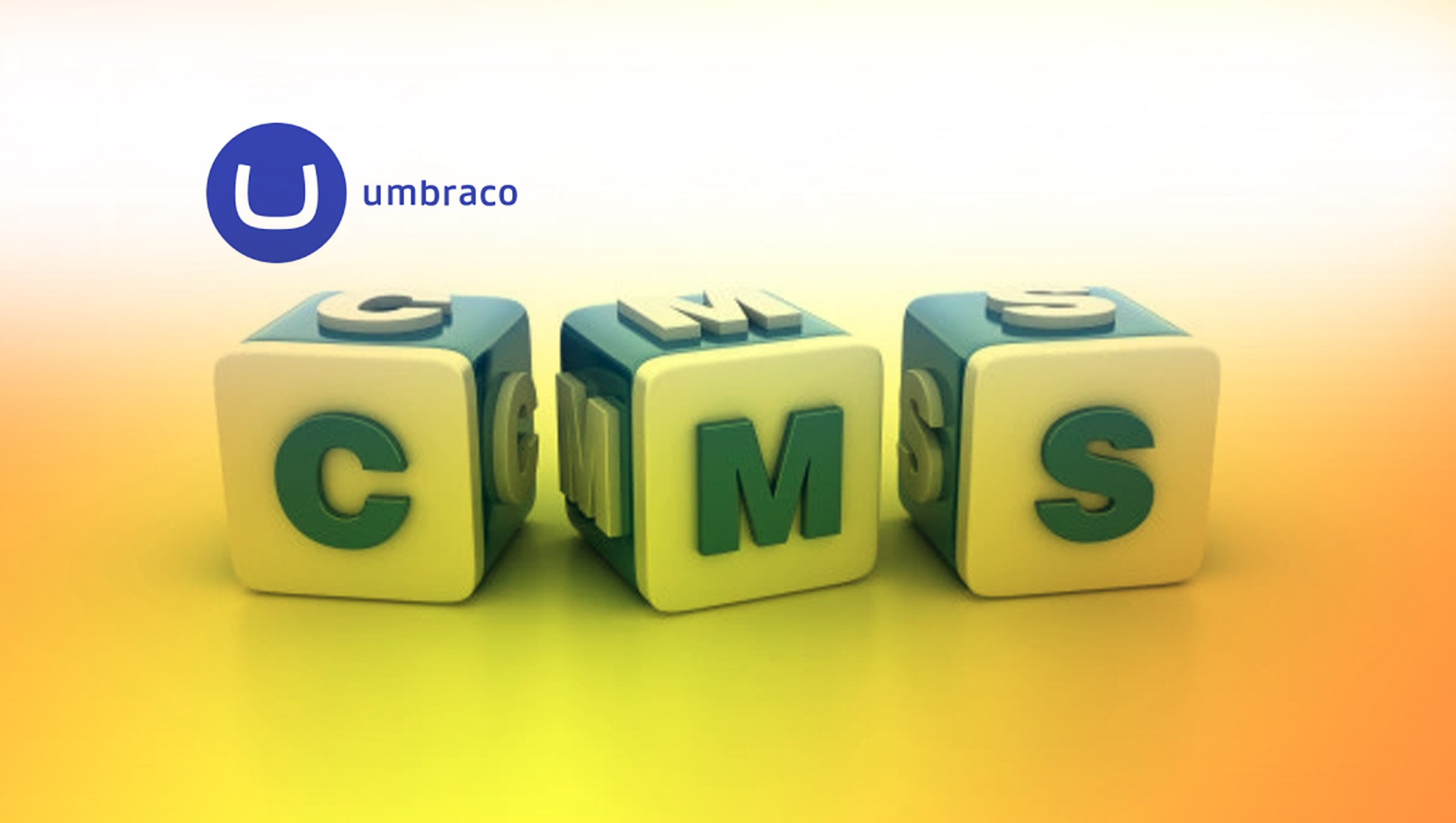Agencies experience higher demand for headless CMS to facilitate omnichannel distribution of content and make businesses more relevant, agile, flexible and scalable
Two thirds of agencies tasked with developing websites and other digital content platforms use headless content management systems (CMS) regularly, with nearly half (48%) seeing an increase in client projects that benefited from headless CMS in 2020. A survey of European and US agencies by Umbraco shows that a majority of agencies chose a headless CMS to serve content across multiple channels—such as websites, mobile apps, digital screens, and chatbots (64%)—and to easily consolidate content into one platform (63%). A headless CMS provides more control over content, faster time to market, and most important for a client’s business, the ability to swiftly respond to emerging opportunities.
Marketing Technology News: Email Marketing vs Social Media Marketing: Which One’s Best for You?
Headless CMS boomed in 2020, with big benefits, @Umbraco survey says. Two-thirds of European & US #agencies surveyed use #headlessCMS to serve omnichannel content, for better control, faster time to market & increased agility. #scalable #friendlyCMS
A headless CMS separates content from the presentation layer, providing the freedom and flexibility to use the content on any platform—not only one website. Developers can create agile platforms with automated updates, use APIs to send and retrieve content, and localize content with multi-language support, while content managers and marketers can publish personalized omnichannel digital content more easily and across multiple platforms without the developers’ help once the system is deployed.
“With more digital channels targeting a client’s many audiences, getting content deployed quickly and efficiently to all is an increasingly complex task for agencies,” said Kim Sneum Madsen, CEO, Umbraco. “As the survey shows, headless CMS lets agencies future proof their customers’ content management, enabling them to publish content on any end platform or destination. This is a win for developers, content managers and the client’s overall business, because a relevant, agile, flexible and scalable multichannel market strategy enables new business opportunities that help companies thrive in today’s competitive market.”
Marketing Technology News: Domo Invests For Growth, Welcoming New Executives To Lead Company’s Demand Engines
E-Commerce and Retail Top Markets for Headless CMS
According to the survey, the industries that use headless CMS the most are e-commerce and retail, with the public sector and financial industries following. An agency can use a headless CMS to create:
- A retail catalog that feeds products and specifications to multiple digital channels
- An e-commerce or banking site that offers a variety of ways to engage with customers, such as a chatbot, a web app, text messages, a voice assistant skill, and even an augmented reality experience
- A citizen-friendly, device-agnostic, multilingual portal and text messaging system to deliver city government services that engage residents
“Headless CMS is truly an enabler,” Madsen concluded. “Companies with a fast go-to-market strategy cannot afford to spend too much time creating solutions. They need a content management system that is designed to be scalable and agile from the start, which is why we’re seeing the headless CMS market flourish in many industries.”
Marketing Technology News: How to Start Creating the Change Advertising Needs











